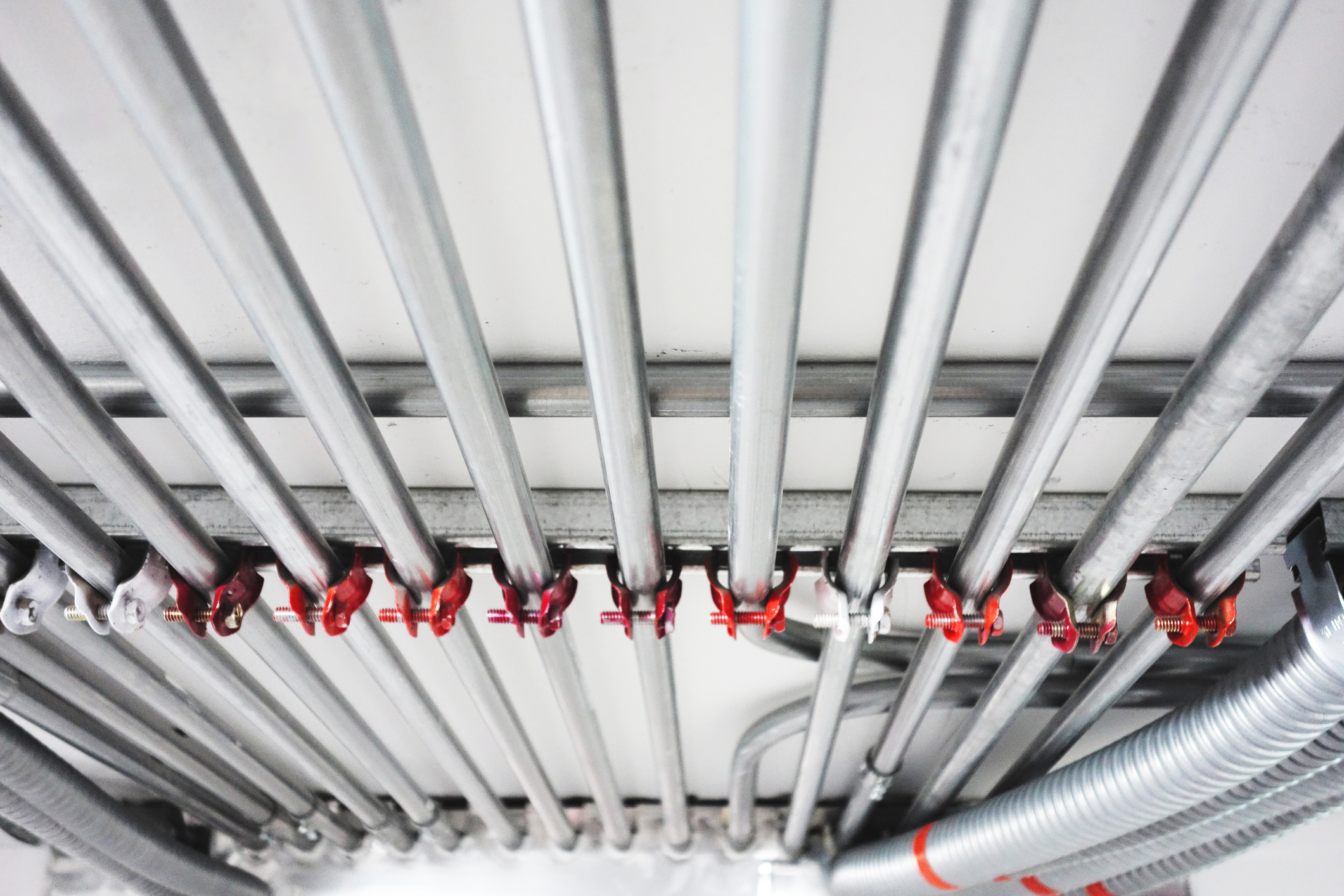It’s a new year. The calendar has been turned and everything is fresh and new, right? We all know that after 2020, as much as we want it to be true, the world is still exactly as it was “last year” and many of you are scratching your heads wondering how you are going to get through another possible chaotic year or, at the very least, the start of one.

I thought it would be interesting to look up the definition of chaos. Chaos is defined as, “complete disorder and confusion.” That definition is pretty accurate. Now, does this mean that you are doomed? No! You are only doomed if you think you are doomed. That fear can and will paralyze or blind you, or both.
I remember a time, a while back when the country was in chaos and we thought the sky was falling. We were literally paralyzed, not knowing what to do. Our business had almost completely dropped off. For a while, we felt hopeless. Through hard work and determination, we built our business back up even stronger than before. I can speak for both Marc and me when I say that we never want to be in that position again. That truly is the inspiration for this article.
Many of you may be feeling the same way as we once did. Maybe there has been a dip in your business, or perhaps some of your clients are cutting back on spending. However, now is surely not the time to be a wallflower.
The truth is, despite what is happening nationally or globally with politics and the pandemic, life still goes on and there will always be construction and the need for tradespeople. Almost every business has adjusted because, as we have all been forced to accept, we are not operating “business as usual.” There is hope and there are also many tools that will help us find the way through these unprecedented times.
VISIBILITY.
So, what are some strategies that you can utilize to move forward? Focus on your client base. Call! Check-in! Make sure they know that you are still around and ready to help. Personally, I am a big fan of face-to-face meetings, even if it is an impromptu visit to a client’s office to drop-off coffee and donuts. (Who turns down coffee and donuts? Right?) Perhaps some constructive, enlightening conversation will emerge over that glazed donut. That moment is your chance to learn how to accomplish my next tip.
VALUE.
Always create more value with your products and services. In addition to the chance to increase revenue for your business with things you are potentially already doing, more importantly, it shows your clients that you can help them achieve their goals with you as their partner. Now is the time to identify and educate your clients that you are an asset – not an added expense. It may sound complicated, but it is quite simple once you break it down. Think outside the box. Introduce new ideas, opportunities, and, even, ways of doing things that your clients may not have considered in the past. If you are having a hard time with this, or anything for that matter, Google is your new best friend. Ask questions, do research. You will be amazed at some of the fantastic ideas that you may have never considered.
TEAMWORK.
On the topic of ideas, I have found that our team members often come up with some great ideas. Ask them questions! This involves your team in moving forward and being a part of the solution. This is such an opportunity for you to be the leader that leads their team to help their clients navigate the diverse challenges faced every single day in our industry. You may just get lucky and discover a shining star that has been in front of you this whole time. Be sure you are willing and ready to nurture that star.
PATIENCE.
Another great piece of advice? Keep calm. Practice patience. Although this isn’t really related to estimating or construction, years ago when I was teaching our girls to cook, I always told them that if something goes wrong in the kitchen, the first rule is to NEVER PANIC! The same holds true for business. We are all looking for our recipe for success with the secret ingredients to make it all come together.
MARKETING.
As we move into this new year, perhaps some of you are reviewing the books and making necessary adjustments because of your reality – and that makes sense. During this process, I caution you to not cut much of your marketing and advertising budget. You and your message must remain top-of-mind to remain relevant. We are fortunate in that so many social media platforms are virtually free, so make sure to use them consistently while remaining on-brand. Most people are hungry for information, especially if it relates to a dilemma that your reader needs answers to. This is where relevant content comes in. Be the source of information as it relates to your expertise. Is there something special that you have learned in your business? Is it something that would be of interest to your clients or help them find a solution? Let that marinate and you will surprise yourself with what you come up with.
Now let me bring it all together for you. You will survive and thrive in a chaotic world if you work for it. Always strive to create new value for your clients. If something goes wrong, don’t panic! Pick yourself up, learn from the setback, and keep going. Your messaging should be on-brand and mindful of market conditions. Finally, remember that people are looking for information and answers. Be their conduit! (No pun intended.)
As we move into 2021, I am looking forward to sharing my thoughts with you about many things focused on estimating and the electrical industry. Stay tuned for Marc Candels’ new podcast series too! More information will be released on our many social platforms so be sure to follow us on your preferred one.
Happy New Year! Cheers to a bright year ahead!












